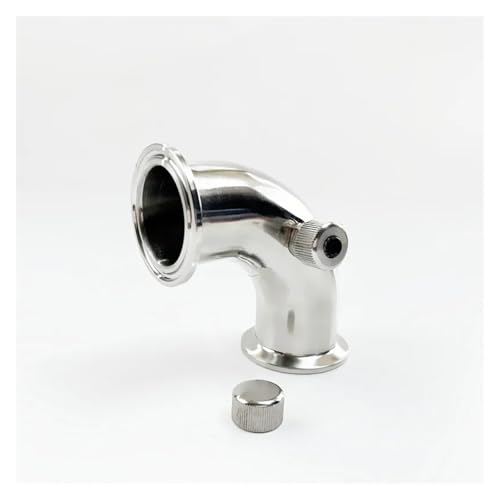- Joined
- Jan 26, 2021
- Messages
- 223
- Reaction score
- 310
There are a lot of "Munich" malts produced by various malters worldwide. Weyermann produces Munich I which clocks in around 5 degrees L with a DP of at least 75. Briess makes a Munich 20 with a DP of about 20. Most, if not all Munich 10 malts are sufficiently able to convert themselves.
Here's an article on Diastatic Power. Has It Got The Power?
Here's an article on Diastatic Power. Has It Got The Power?






























![BREWING THERMOMETER STICKERS ACCURATELY MONITOR FERMENTING BEER & WINE LIQUID TEMPERATURES 5PCS HOME BREW SPIRITS WINE LCD ADHESIVE [US]](https://m.media-amazon.com/images/I/311DDjo2X3L._SL500_.jpg)













 Your starter for ten is that Munich is the yellow crown cap...
Your starter for ten is that Munich is the yellow crown cap...